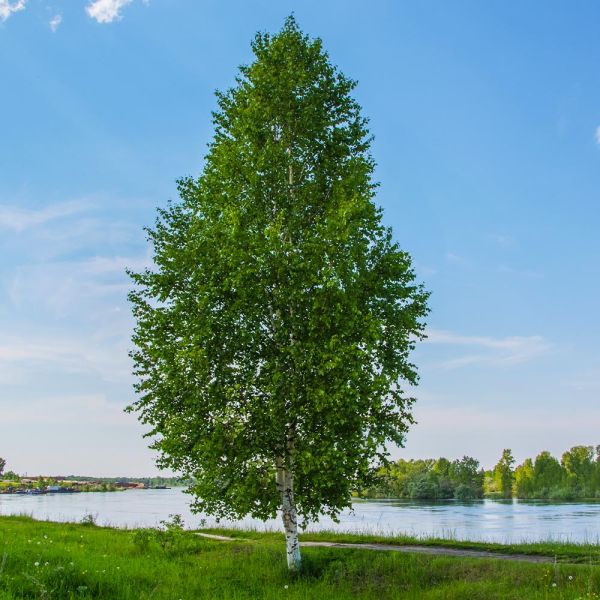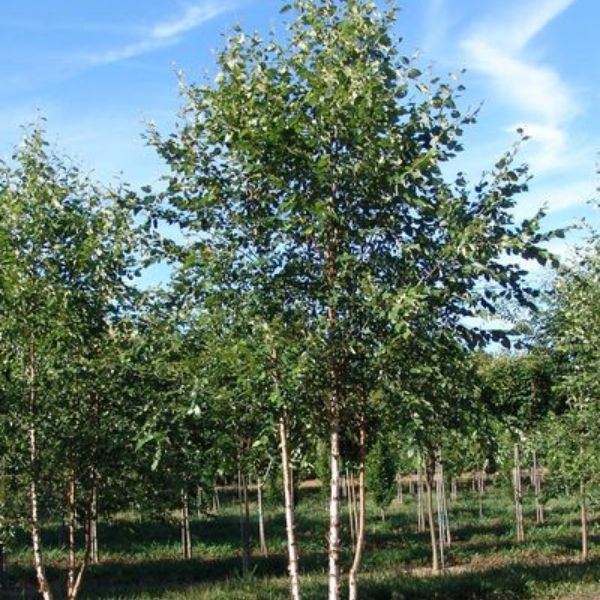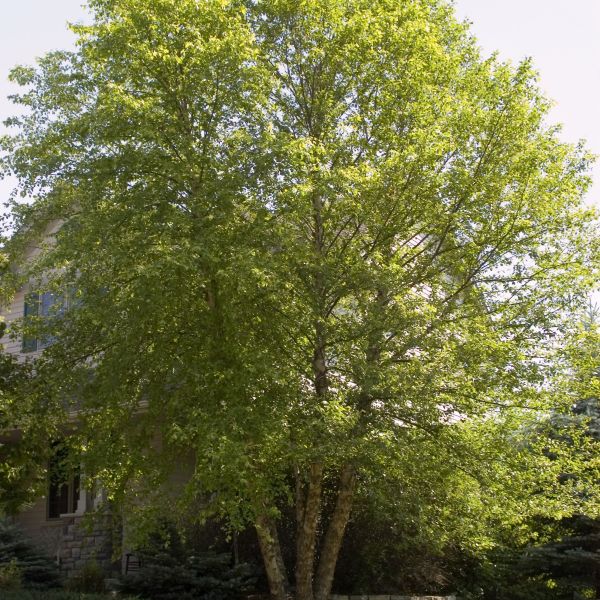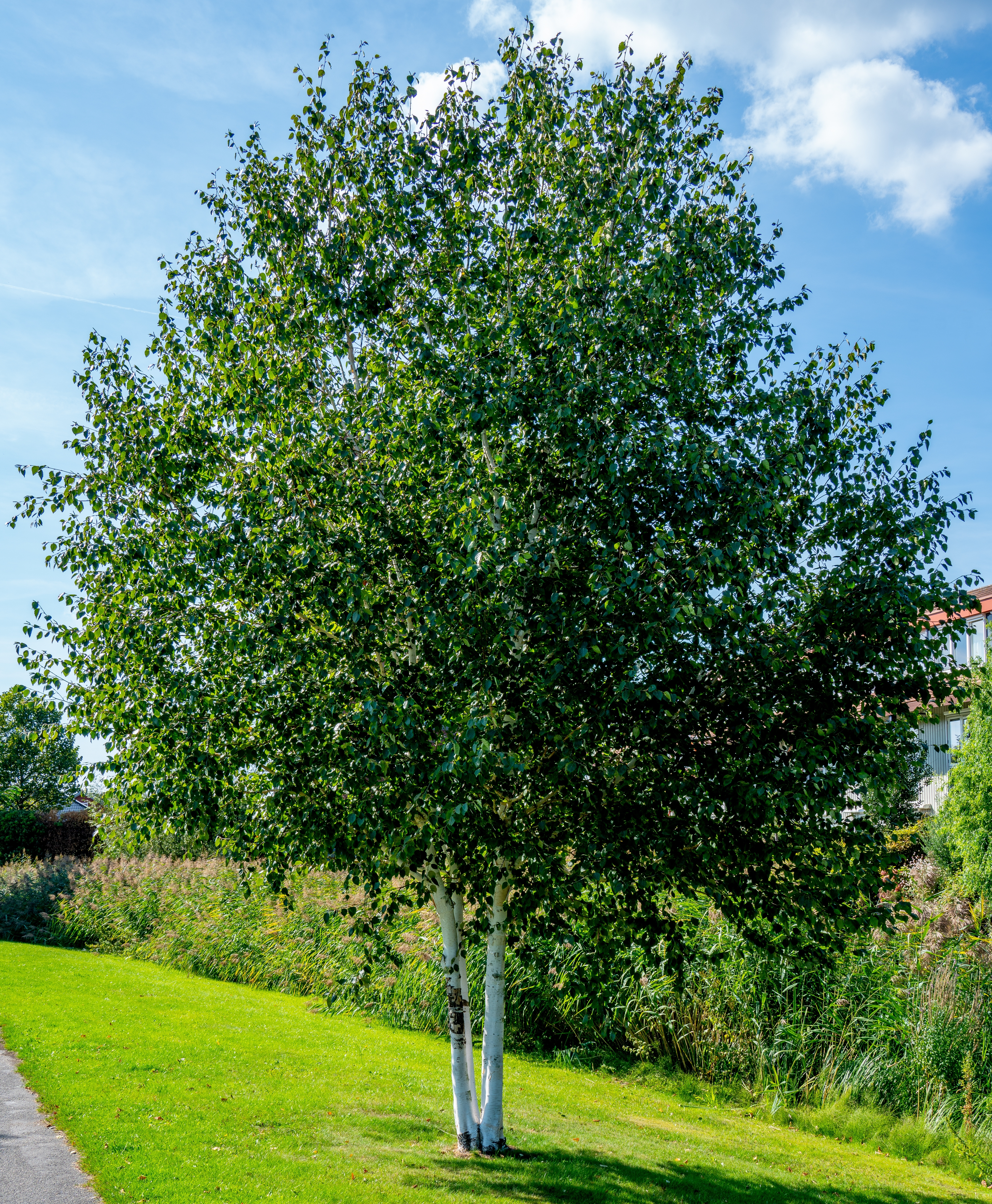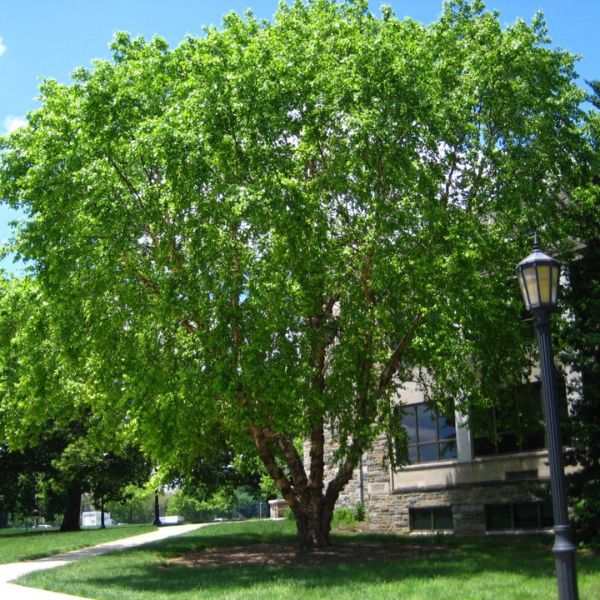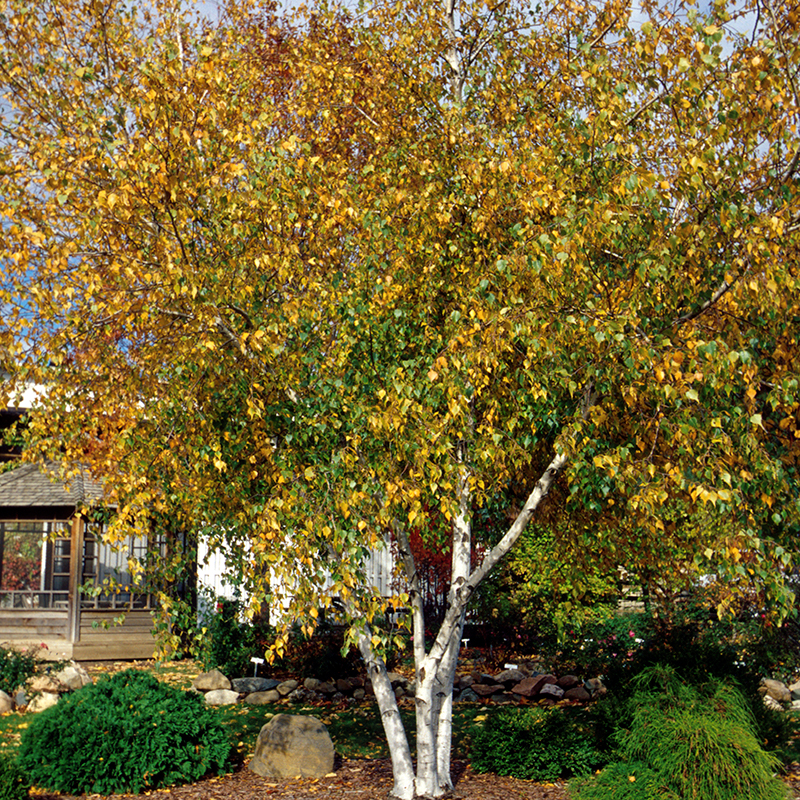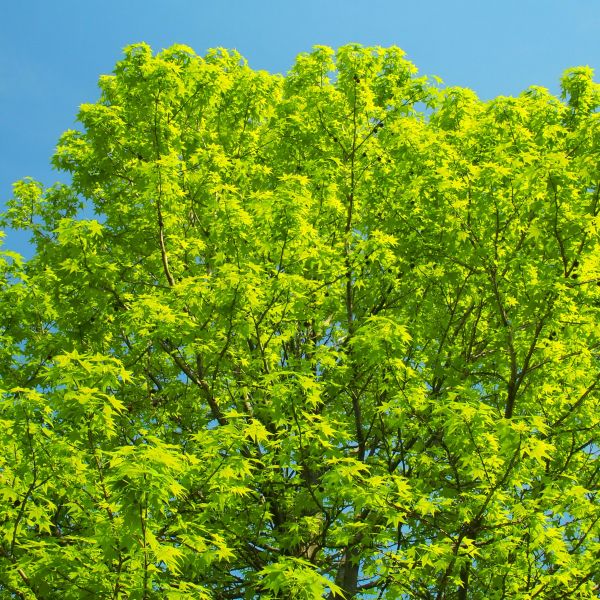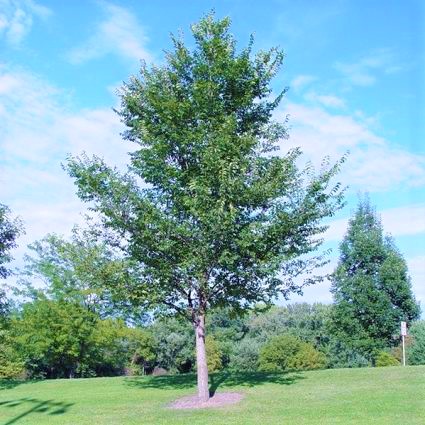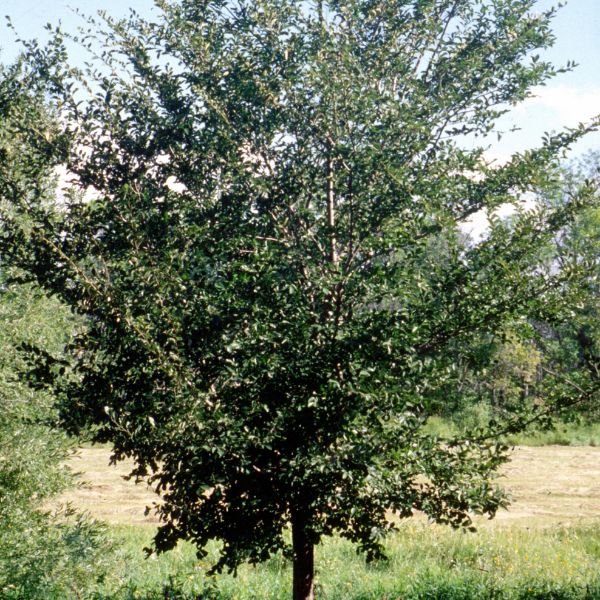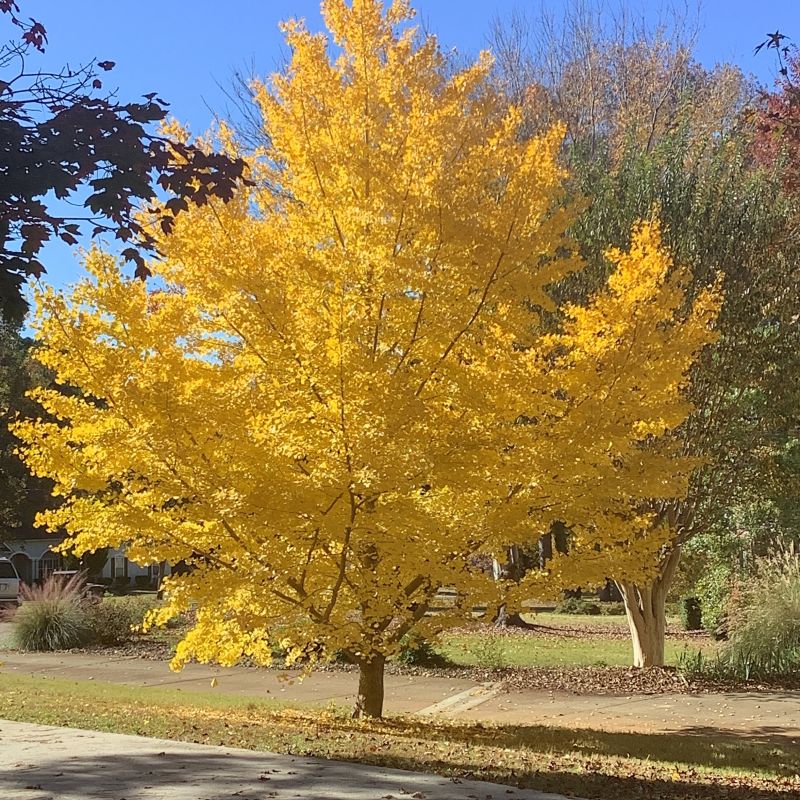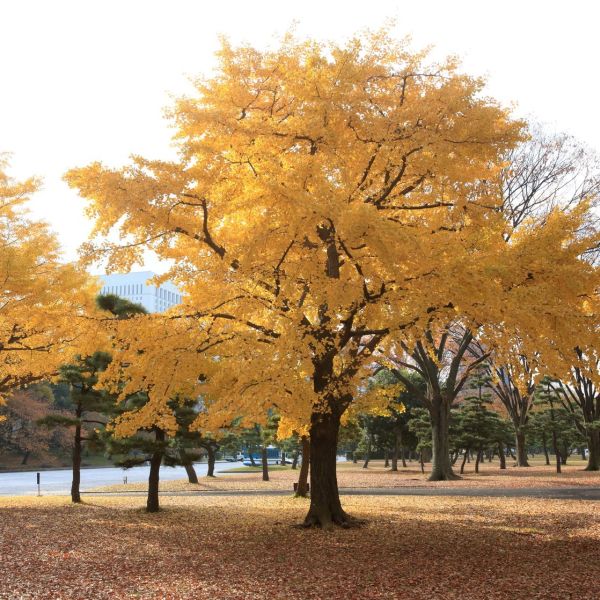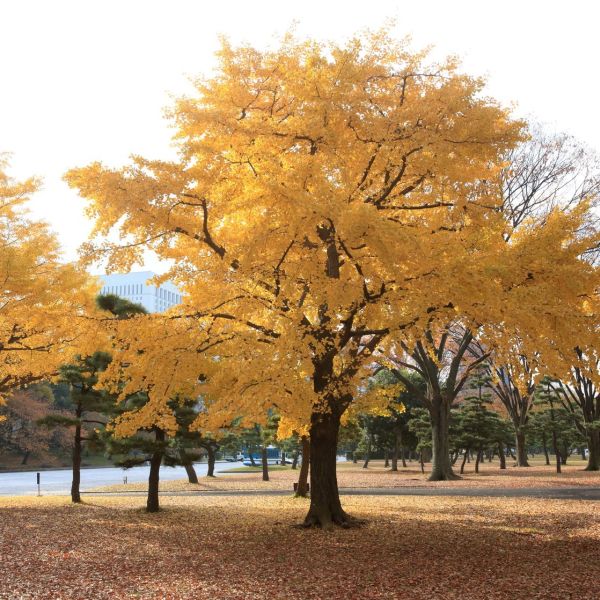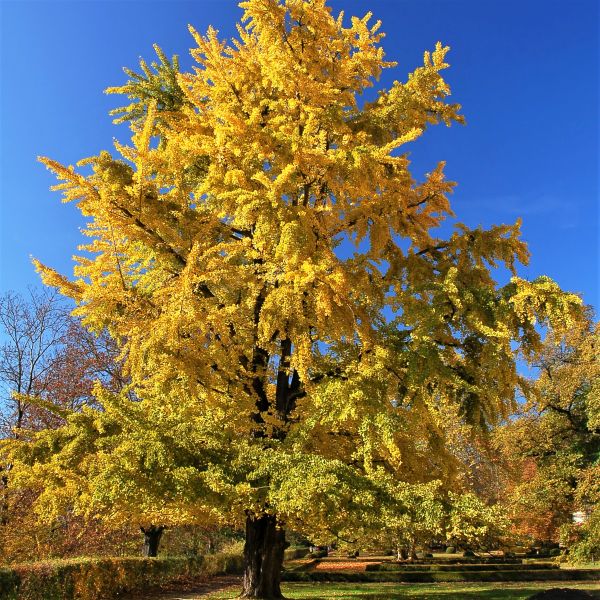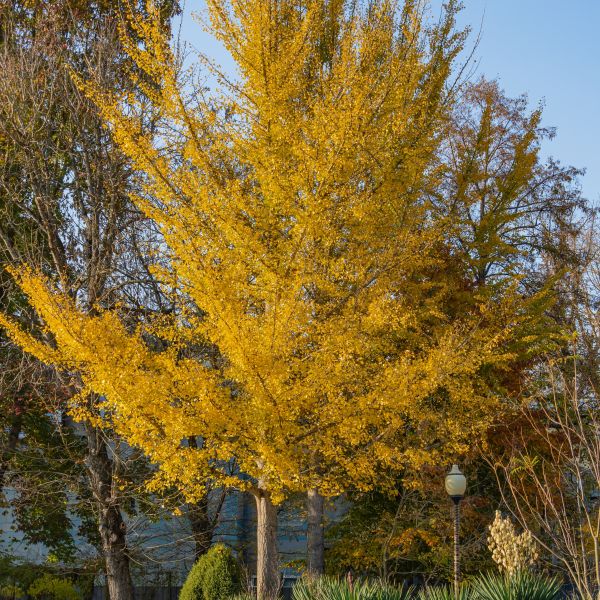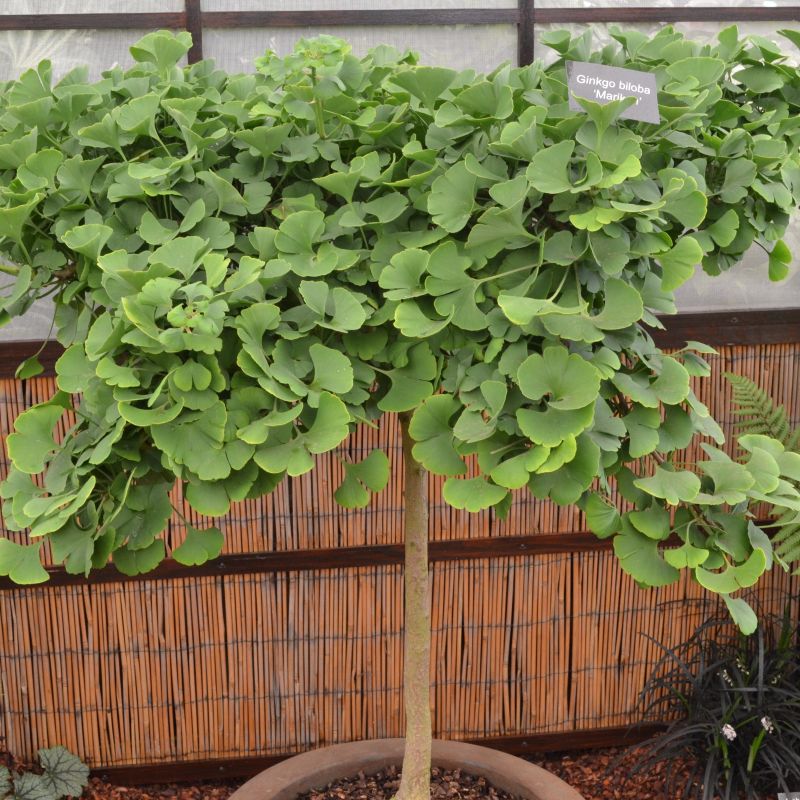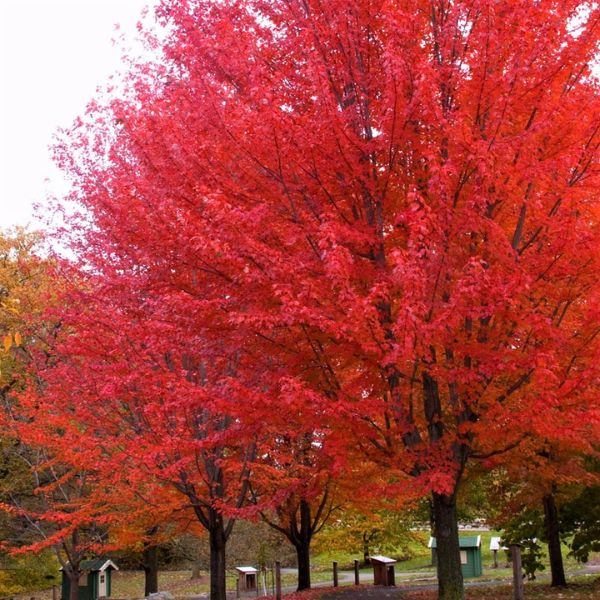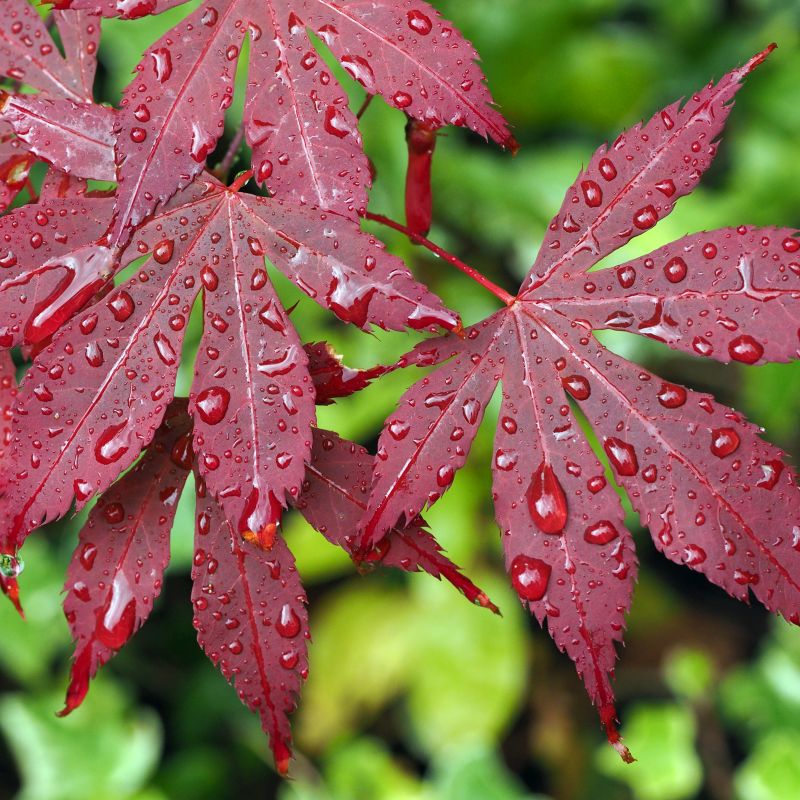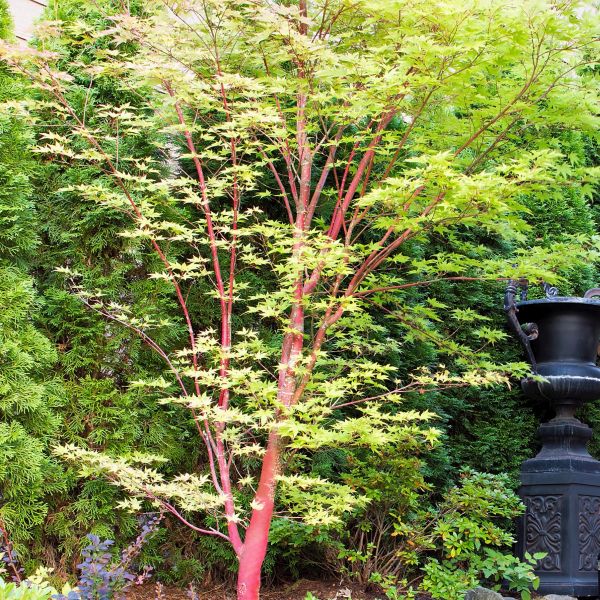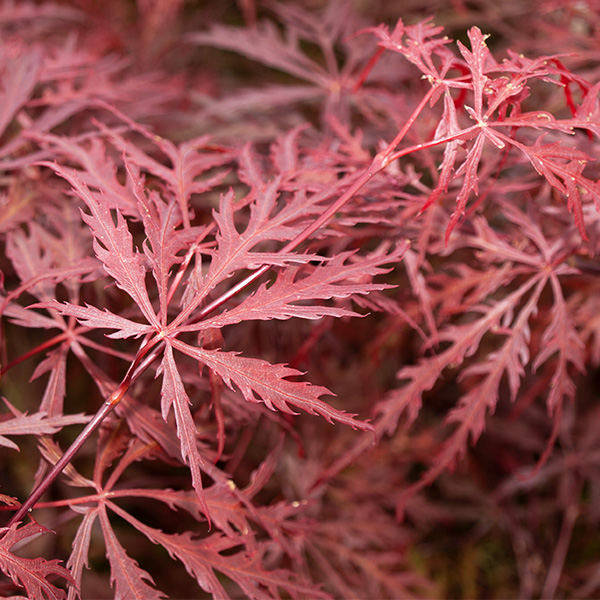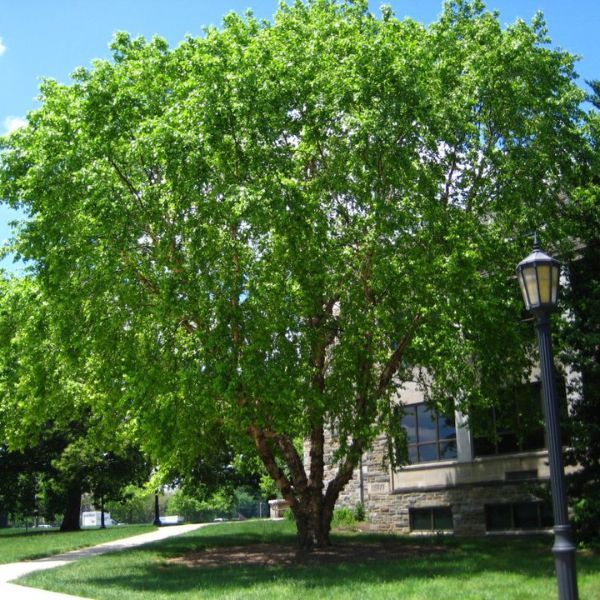


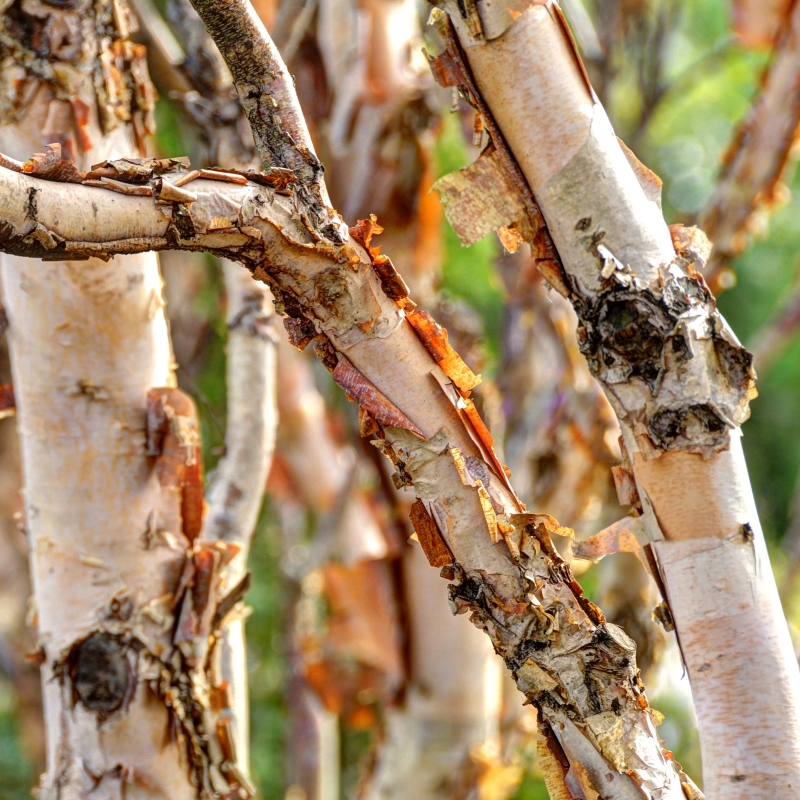
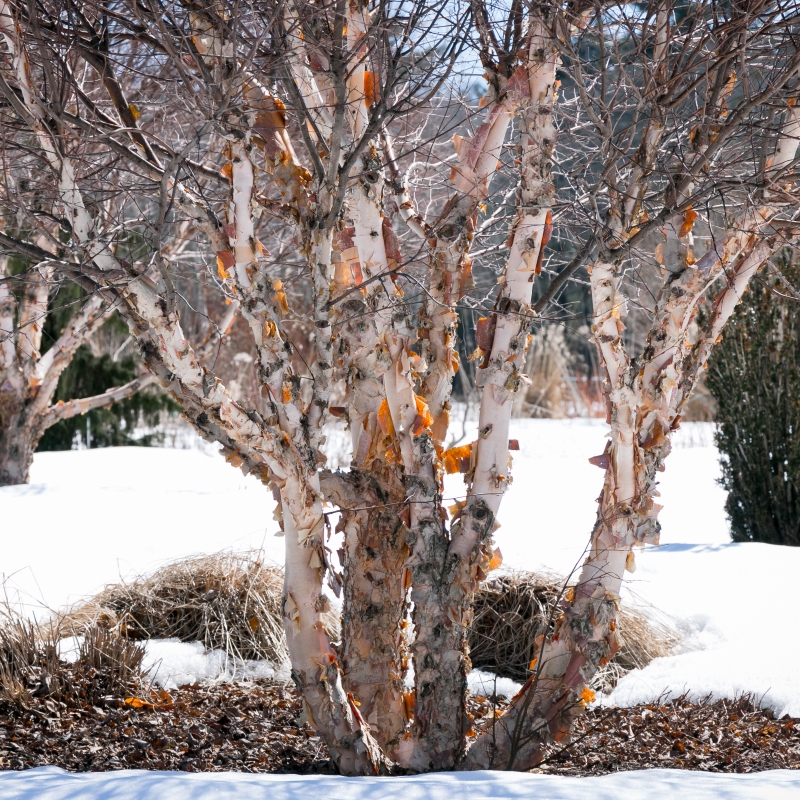

River Birch
Betula nigra
20 reviews
River Birch
Betula nigra
20 reviews
- Fast-growing tree suitable for planting in urban and residential areas
- Tolerant of various soil conditions and can thrive in both wet and dry environments
- Attractive peeling bark and yellow fall foliage add visual interest to landscapes
- Recommended by landscape designers for optimal fit in real yards
$100.00
$143.00
30% Off
- Ships to 43215 in 3 to 7 days
- Free Shipping Over $150
- Plant Arrival Guarantee
- In Stock
- Free Plant Consult
$200 - Landscape-Approved: Every Plant We Sell Comes With Design Expertise Behind It
- 2.5 Gallon 2-3 Feet Single Stem
- 3.5 Gallon 4-5 Feet Single Stem
- 3.5 Gallon Multi Trunk
Not just beautiful - intentionally selected by ShrubHub's 3D landscape design team to fit real-world spaces and maximize yard potential.
Why River Birch?
River Birch (Betula nigra) is a deciduous tree native to North America that is commonly found near streams, rivers, and wetlands. It is known for its distinct peeling bark, which ranges from reddish-brown to white, and its delicate, serrated leaves that turn yellow in the fall. Its fibrous roots also make it a popular choice for erosion control. River Birch is a versatile and attractive tree that is chosen for both its visual appeal and its ecological benefits.
People who loved this plant also bought
Sunlight
River Birch trees (Betula nigra) thrive in full sun to partial shade conditions. They require at least 6 hours of direct sunlight each day for optimal growth and performance.
Watering
River birch trees require regular watering, especially during their first few growing seasons. They thrive in moist soil and need at least 1 inch of water per week. It is important to keep the soil consistently moist but not waterlogged.
Fertilizing
River Birch trees generally have low fertilizer requirements. They can thrive in most soil types and do not require heavy fertilizing. Applying a slow-release or balanced fertilizer in early spring can support their growth, although it is best to consult l
A Beautiful & Hardy Birch Tree? Try River Birch Trees Today!
Looking for a tree that can add value to your landscape while requiring minimal maintenance? Look no further than the River Birch tree! With its unique features and benefits, this tree is the perfect addition to any property.
The River Birch, Betula Nigra, is a deciduous tree that can grow up to 80 feet tall. Its leaves are dark green and diamond-shaped, and it produces small, brownish-green cones in the summer. What sets the River Birch apart from other trees is its bark, which peels away in layers to reveal a beautiful, cinnamon-colored trunk. This tree is also known for its ability to thrive in wet soil conditions, making it a great choice for properties near bodies of water.
The River Birch tree offers a variety of benefits to homeowners, landscapers, and property managers. Its ability to grow in wet soil conditions makes it an ideal choice for properties near ponds, lakes, or rivers. Additionally, the River Birch is highly resistant to bronze birch borer, which means it requires minimal maintenance. Additionally, individuals wishing to improve the appearance of their property can choose it because of the way its distinctive bark provides visual appeal to any environment.
Your long-term investment in the appeal and worth of your property will be enhanced by the addition of a River Birch tree to your landscaping.
Ready to add a River Birch tree to your landscape? Buy it today and enjoy all its benefits!
With its unique features and benefits, the River Birch tree is the perfect addition to any property.
Plant Information:
| Botanical Name: | Betula nigra |
| USDA Zones: | 3 - 9 |
| Water: | Moderate & Adaptable |
| Exposure: | Full Sun |
| Soil Needs: | Widely Adaptable |
| Mature Height: | 25 - 50 feet |
| Mature Spread: | 25 - 35 feet |



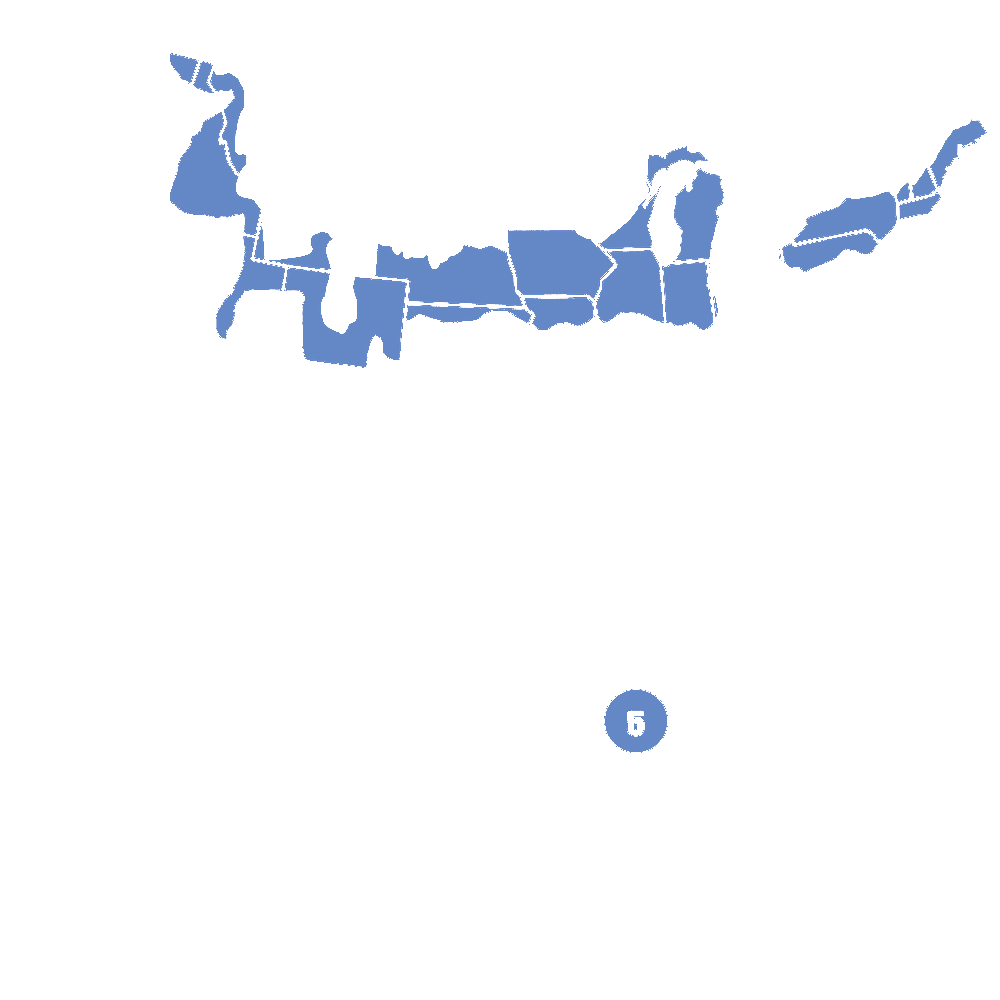
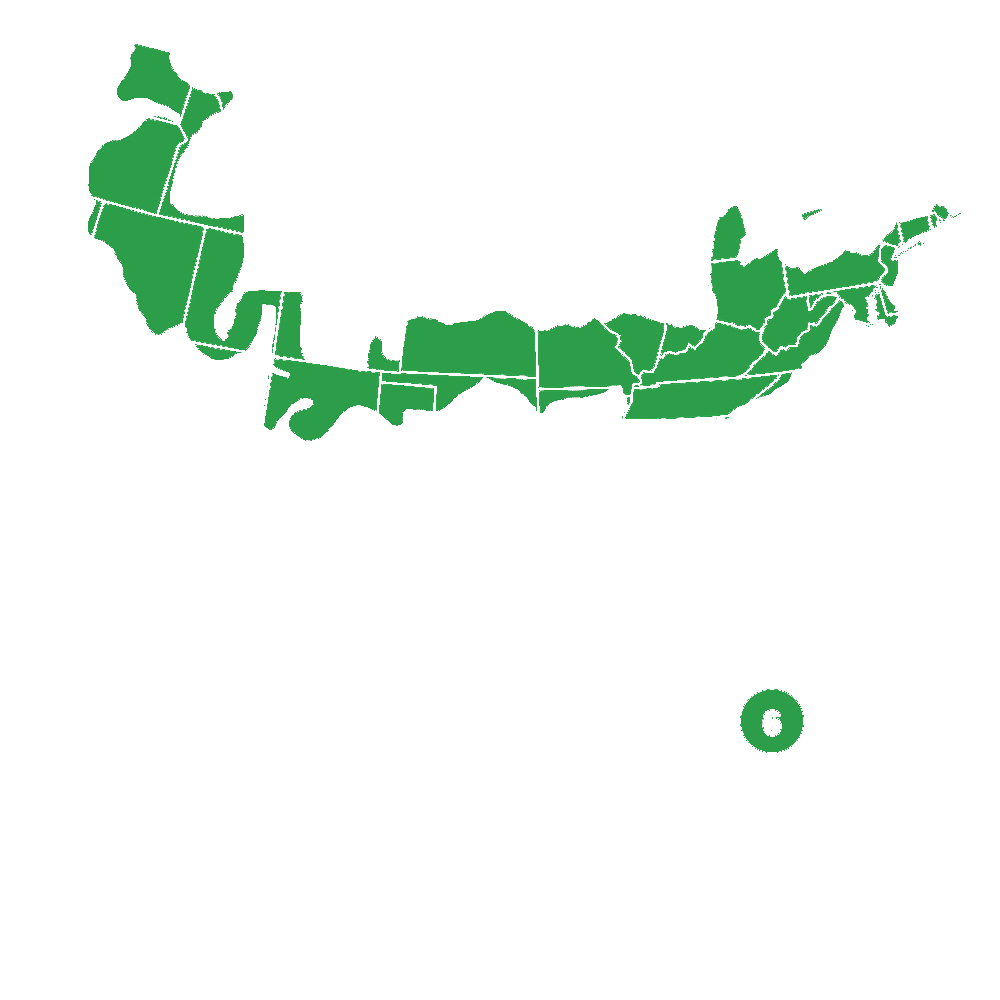
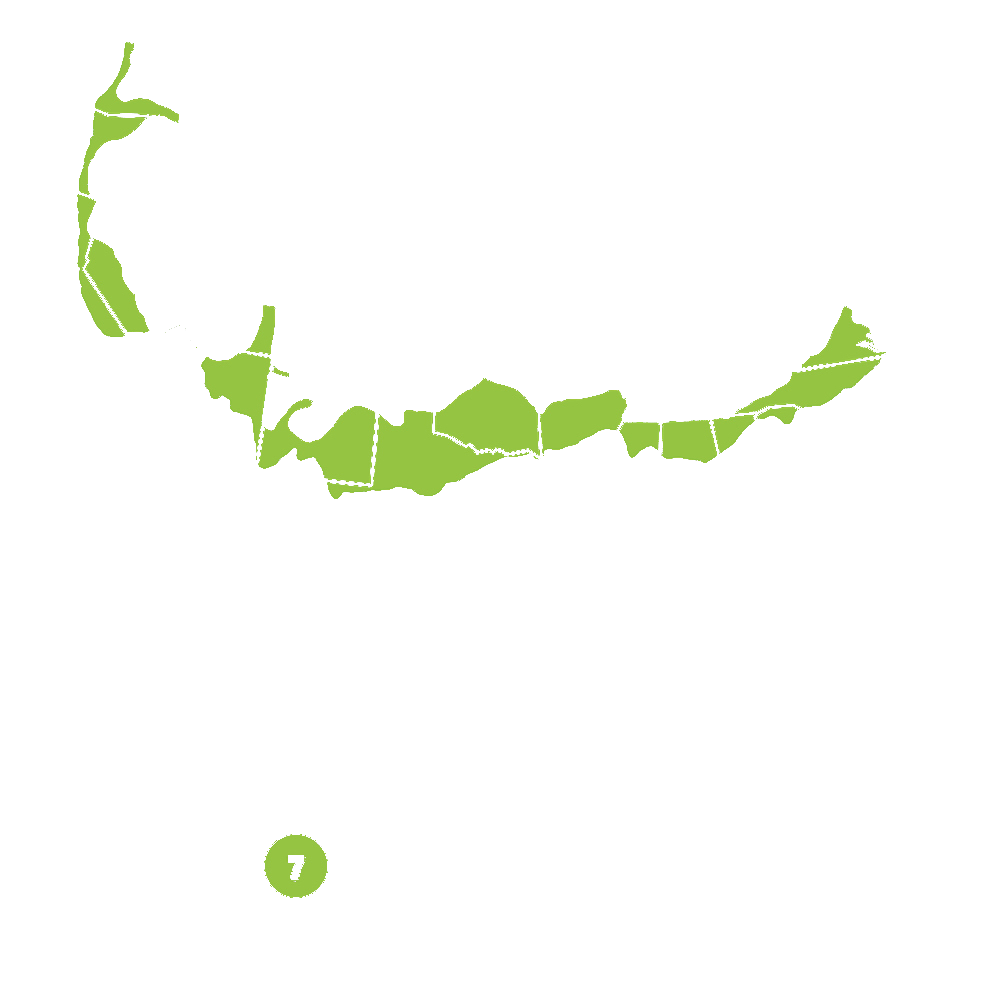
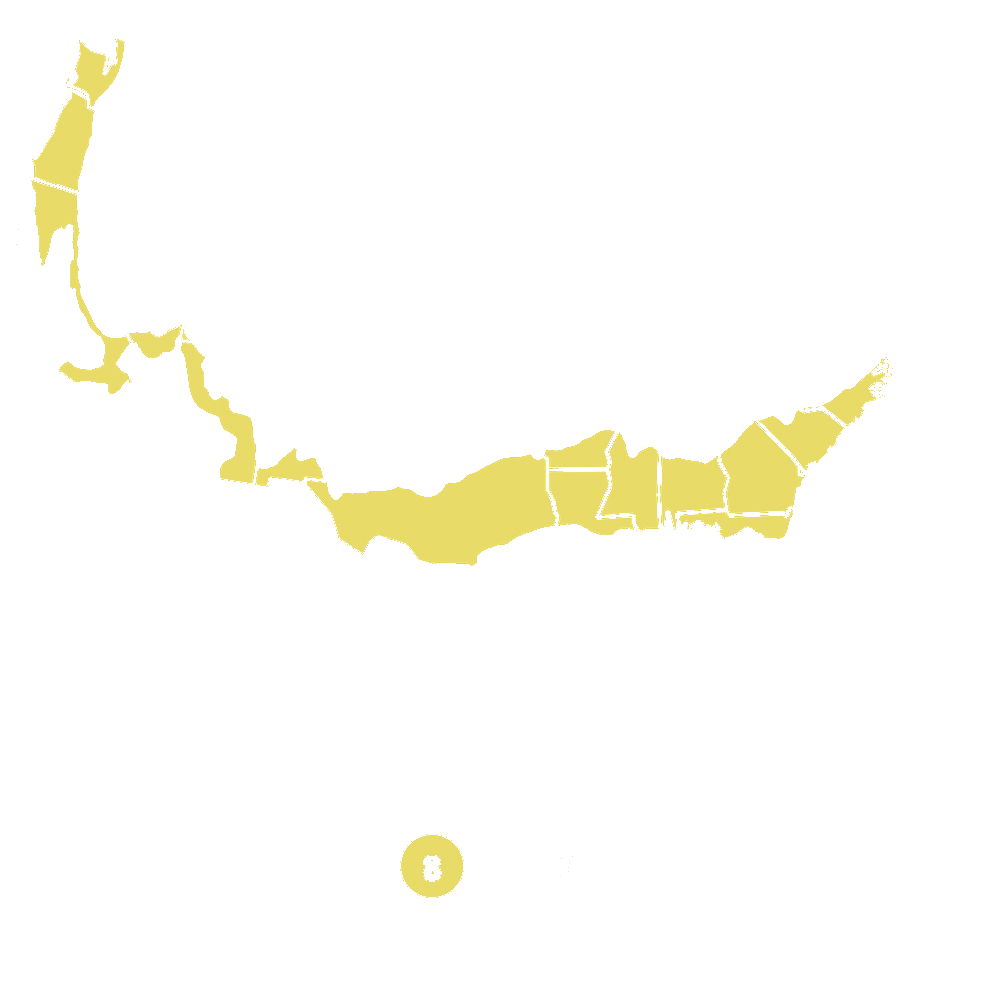
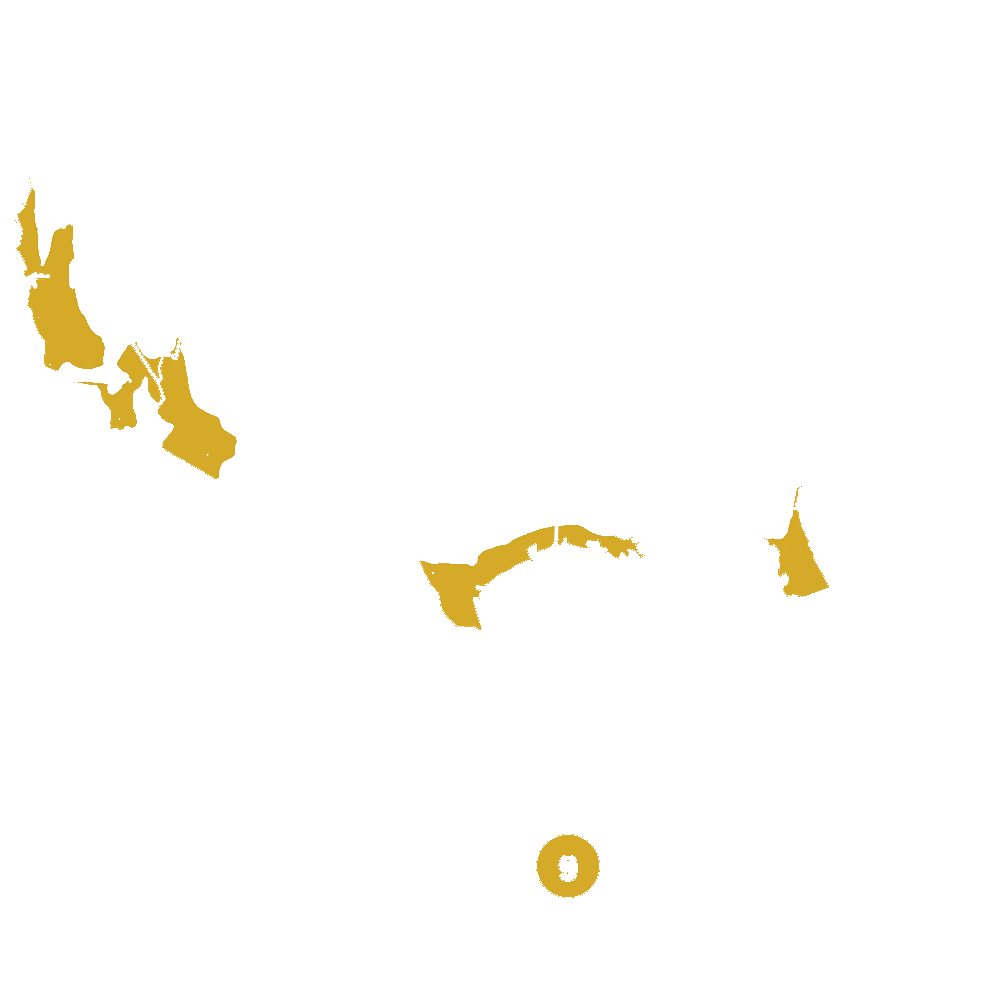
Pollination Info
River Birch (Betula nigra) is a deciduous tree that is native to eastern and central North America. It is also commonly known as Water Birch, Black Birch, and Red Birch.
The River Birch is pollinated by wind. The male flowers grow on catkins, which are long, cylindrical clusters of flowers that hang from the branches. These flowers release their pollen into the air, and the wind carries the pollen to the female flowers. The female flowers grow on the same tree as the male flowers, and they are small and inconspicuous compared to the male flowers.
The female flowers of the River Birch are located at the end of small, oval-shaped cones that grow on the branches. Each cone contains many tiny flowers that have a single stigma and style. When the pollen from the male flowers reaches the female flowers, it fertilizes the ovules inside the cones. This fertilization results in the development of seeds inside the cones.
The River Birch is an important species for wildlife, as its seeds and twigs are consumed by birds and mammals, and its bark provides cover for a variety of animals.
In conclusion, River Birch is pollinated by wind, and its male flowers grow on catkins while its female flowers grow on the end of small cones. The tree is an important species for wildlife and provides cover and food for many animals.
FAQ
River Birch (Betula nigra) FAQ
What is Betula nigra?
Betula nigra, commonly known as river birch, is a deciduous tree native to eastern North America. It is known for its distinctive peeling bark and tolerance for wet soils.
How tall does Betula nigra grow?
River birch can reach heights of up to 80 feet and a spread of 50 feet, although it is more commonly seen at heights of 40-50 feet.
What is the growth rate of Betula nigra?
River birch has a moderate growth rate, averaging 12-18 inches of growth per year.
What are the characteristics of Betula nigra leaves?
The leaves of river birch are simple and alternate, with serrated edges. They are typically 2-4 inches long, and are a light green color in the spring and summer. In the fall, they turn yellow.
What is the bark of Betula nigra like?
The bark of river birch is one of its most distinctive features. It is a papery, peeling bark that is a reddish-brown or grayish-brown color.
What are the typical growing conditions for Betula nigra?
River birch is tolerant of a wide range of soil types, but prefers moist, well-drained soils. It can also tolerate periods of flooding. It is typically grown in full sun, but can tolerate some shade.
What are some common uses for Betula nigra?
Due to its attractive bark and tolerance for wet soils, river birch is often used as an ornamental tree in landscaping. It is also sometimes used for erosion control and streambank stabilization.
What are some potential issues with Betula nigra?
While generally a hardy and low-maintenance tree, river birch can be susceptible to certain diseases such as leaf spot, canker, and borers. It can also be prone to shallow root systems, which can be a danger in high wind or wet soil conditions.
How can Betula nigra be propagated?
River birch can be propagated through seed, cuttings, or grafting. However, it is important to note that seed-grown trees may not have the same desirable characteristics as trees that have been propagated through other methods.
Planting & Care
Planting & Care for River Birch (Betula nigra)
River Birch (Betula nigra) is a fast-growing deciduous tree that is native to the eastern United States. It is a popular choice for landscaping due to its attractive peeling bark, graceful appearance, and ability to withstand wet soil conditions.
Planting
When planting River Birch, consider the following tips:
- Choose a planting location with well-drained soil and full to partial sun exposure.
- Plant in the spring or fall to allow the tree to establish itself before extreme weather conditions occur.
- Dig a hole twice as wide and as deep as the root ball.
- Loosen the root ball and gently place the tree in the hole. The top of the root ball should be level with the surrounding soil.
- Backfill the hole with soil and water thoroughly.
- Apply a layer of mulch around the base of the tree, but avoid placing it directly against the trunk.
Care
Once established, River Birch requires minimal care:
- Water deeply and frequently during the first year of growth, but reduce watering as the tree matures.
- Fertilize once a year in the early spring with a slow-release nitrogen fertilizer.
- Prune in the late winter or early spring to remove any damaged or diseased branches.
- Monitor for pest or disease problems and treat as needed.
Overall, River Birch is a low maintenance tree that is a beautiful addition to any landscape.
Check Out These Verified Customer Reviews:
Customer Reviews
4.7 out of 5 based on 20 reviews
Thank you! Your review has been submitted.
Impressed with the packaging.
The shipment of my River Birch tree arrived on time and was well-packaged to prevent any damage.
Item as described, very pleased.
Item has been added to your cart.



